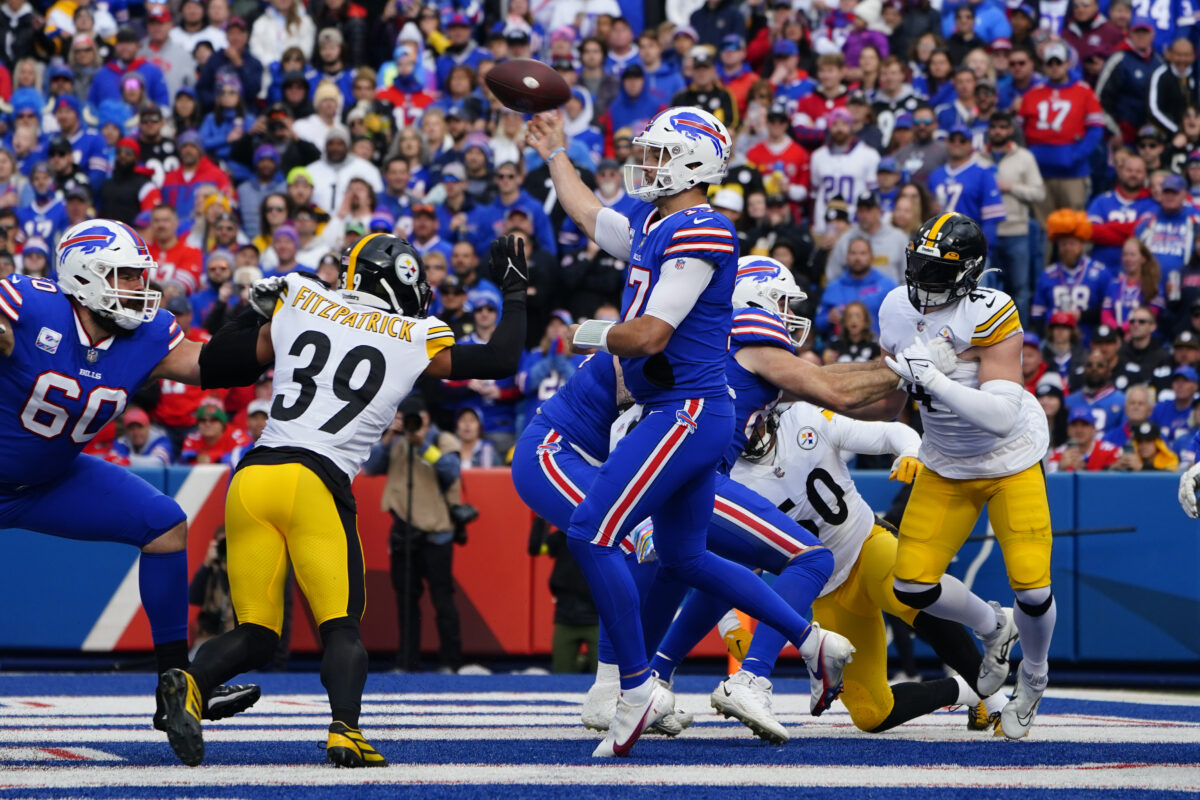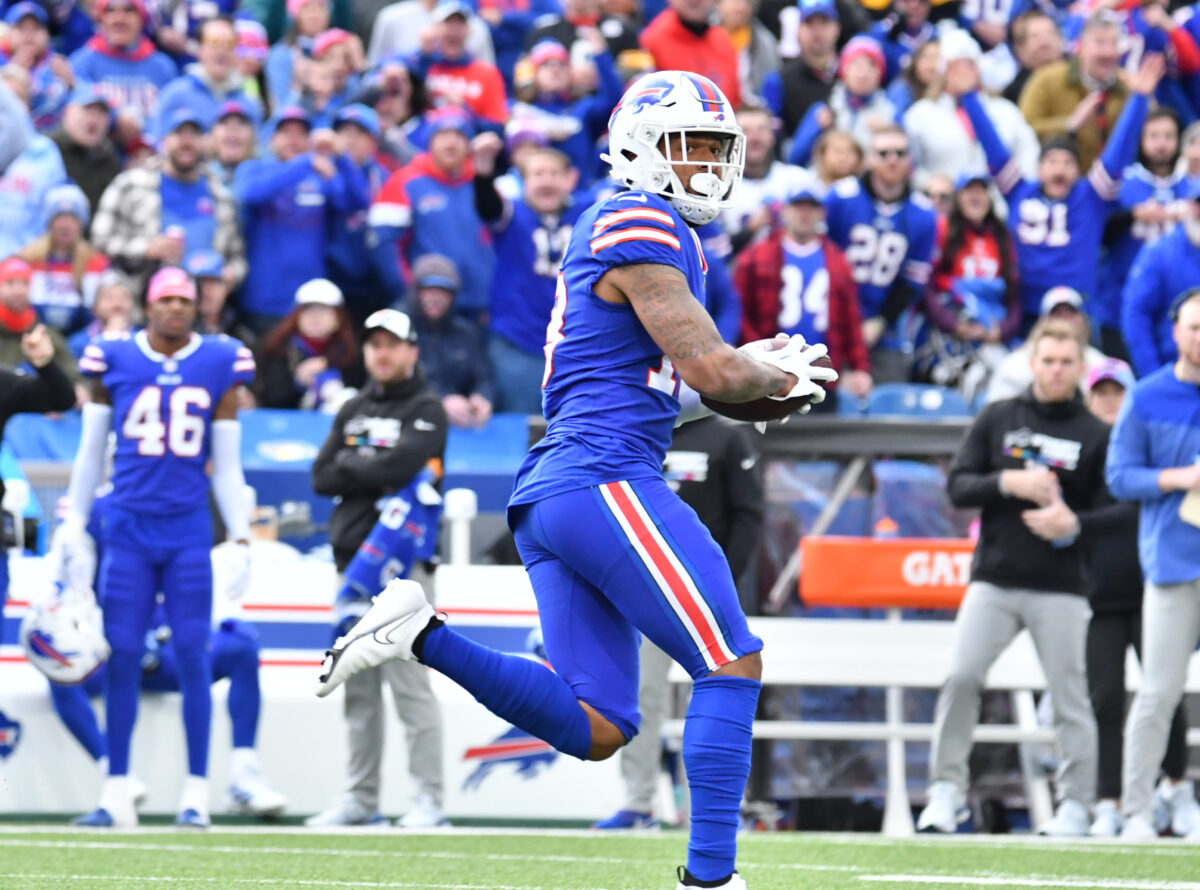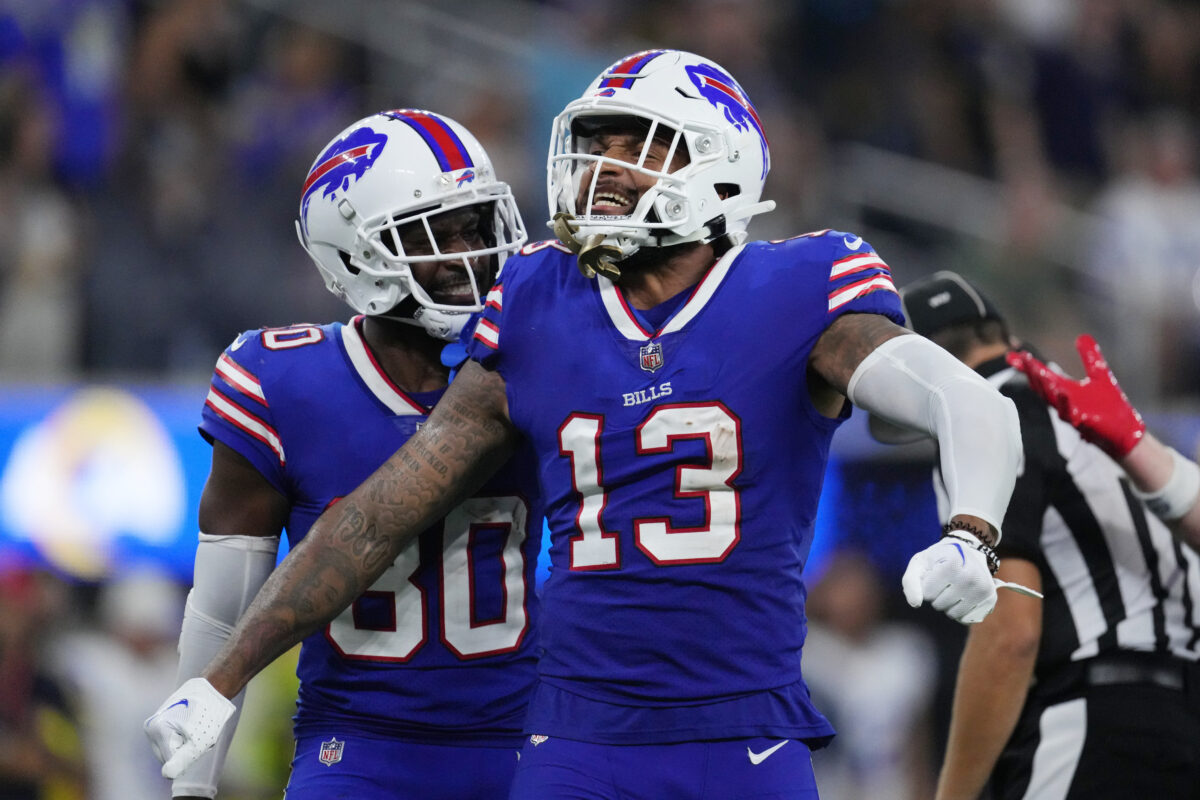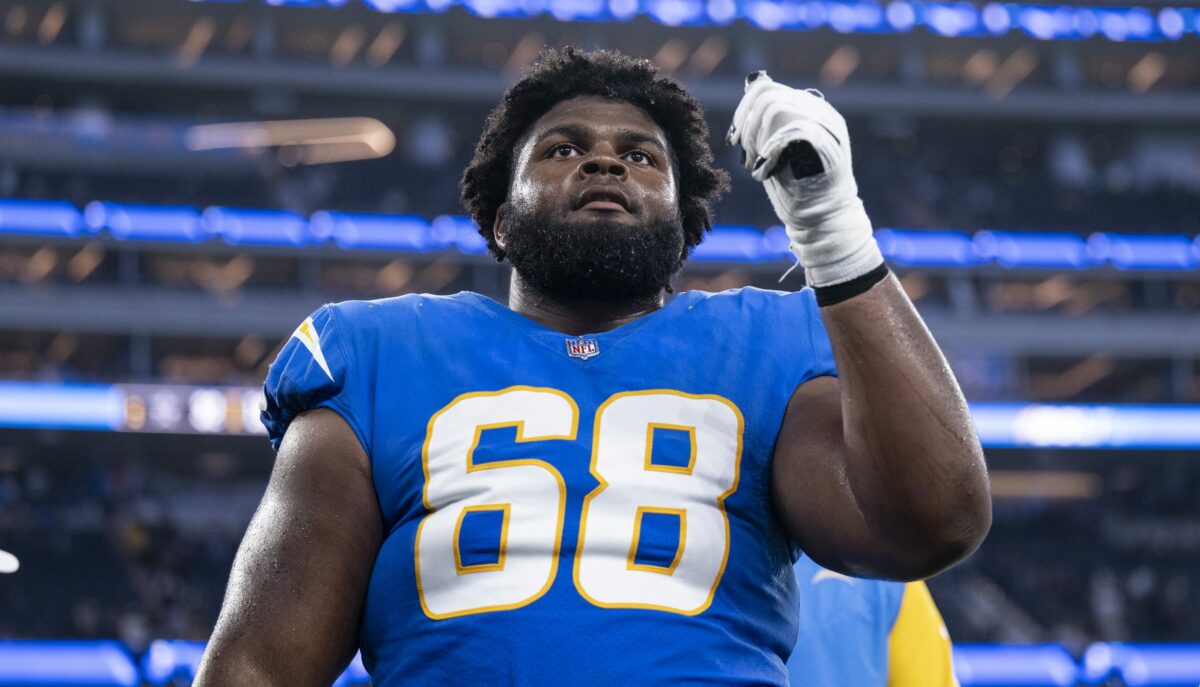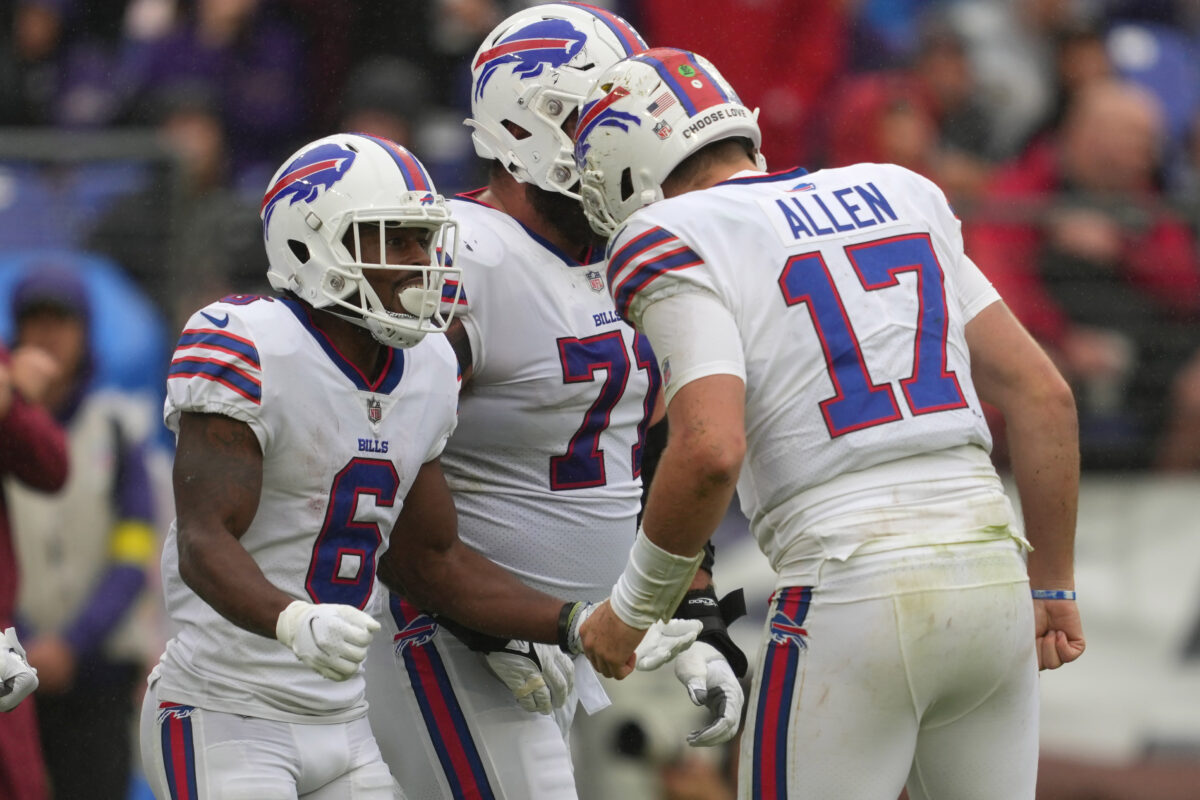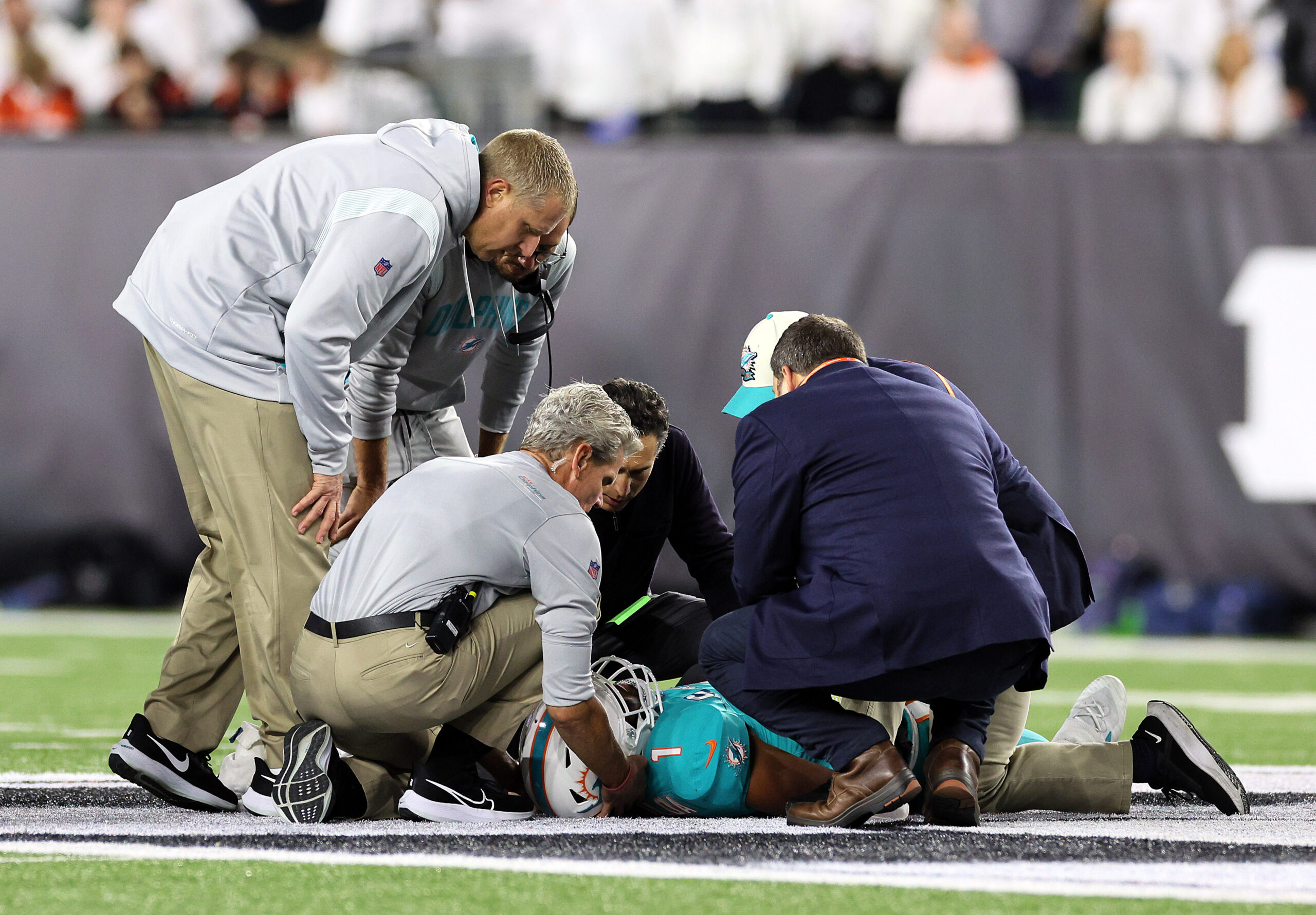The neurotrauma consultant charged with clearing Tua Tagovailoa for play has been fired by the NFLPA regarding ‘several mistakes,’ per multiple reports.
Per multiple reports, the neurotrauma consultant who approved Miami Dolphins quarterback Tua Tagovailoa going back into Miami’s game last Sunday against the Buffalo Bills has been fired by the NFLPA after it was discovered that the doctor has made ‘several mistakes’ in his evaluation.
Under the current Collective Bargaining Agreement, the NFLPA can terminate the employment of any neurotrauma consultant without agreement from the NFL.
Tagovailoa was allowed to come back into the Bills game after this hit from linebacker Matt Milano.
The NFLPA started its investigation after that game.
NFLPA wants to review how Dolphins handled Tua Tagovailoa’s injury
Tagovailoa certainly looked wobbly when he got up from the turf, but he was cleared to play. He was also cleared to play before the Dolphins’ Thursday night game against the Cincinnati Bengals. Tagovailoa suffered a similar hit against the Bengals, and this time, the symptoms of head trauma were too obvious for even the league to ignore.
What is a ‘fencing response position’ following head trauma?
On Friday, Dolphins head coach Mike McDaniel said that he was entire comfortable with his team’s processes regarding Tagovailoa’s health and clearance to return to play.
What I was kind of referring to in terms of not changing anything that I’d do was because the whole process for what happened on the Bills game was he was evaluated for a head injury immediately,” McDaniel said. “That’s what we brought him into the tent for or brought him inside for. He was evaluated and then cleared by several layers of medical professionals, who – I don’t pretend to be one – but those people, the collection of them, cleared him of any head injury whatsoever. He had a back and ankle issue. So in terms of deciding whether or not to play a guy on a Thursday night game,
“I have 100 percent conviction in our process regarding our players. This is a player-friendly organization that I make it very clear from the onset that my job as a coach is here for the players. I take that very serious and no one else in the building strays from that. So when I am talking about deciding whether or not to play, the only thing that would keep me from playing him would be something going against medical advice that would be just completely abstract on top of all that. I had no worries whatsoever. I’m in steady communication with this guy day-in and day-out.
“There was no medical indication, from all resources, that there was anything regarding the head. If there would have been, of course. If there would have been anything lingering with his head, I wouldn’t have been able to live with myself if I prematurely put someone out there and put them in harm’s way. This is a relationship that I have with this human being. I take that serious. I wouldn’t have put him out there if there was any inclination given to me whatsoever that he was endangering himself from that previous game.”
Allen Sills, the NFL’s Chief Medical Officer, has said this week that Tagovailoa had been evaluated for concussion symptoms every day between Sunday and Thursday. The NFL’s concussion protocol states that the same neurotrauma consultant who performs the initial test should perform the subsequent evaluations, but that a member of the team’s medical staff can do so instead.
“We’ll have all of those interviews,” Sills told the NFL Network. “We’ll review all of the video, we’ll review all of the data. And the purpose of that review is to make sure that the concussion protocol was followed.”
All McDaniel can do is to go on the information he’s given, which makes sub-par evaluations so dangerous.
“Beyond an eyeball test, which I know for a fact you guys would not be very comfortable if I was just relying on that — I mean, it’s the reason why we have tests,” McDaniel concluded on Friday. “He did not have a head injury. So guys hit their heads all the time, and that’s why I was adamant [that] he was evaluated for having a head injury and he did not have one. And when I tell you he was in complete mental concert, talking to us through it, and then he played the whole game and then he did a press conference and then he did media all week.”
Also on Friday, Baltimore Ravens head coach John Harbaugh expressed extreme concern about the Dolphins’ concussion protocol through the week.
“I couldn’t believe what I saw,” Harbaugh said about Thursday night. “I couldn’t believe what I saw last Sunday. It was astonishing to see. I’ve been coaching for 40 years — college and the NFL — and I’ve never seen anything like it before. I couldn’t believe what I was seeing. I really appreciate our doctors, and I appreciate our owner.”
The extent to which that initial evaluation, and the subsequent evaluations, was made in Tagovailoa’s best interests is now extremely and obviously in doubt. One also wonders how this doctor was allowed to make multiple mistakes unchecked, and how many other neurotrauma consultants have done the same — also unchecked.
